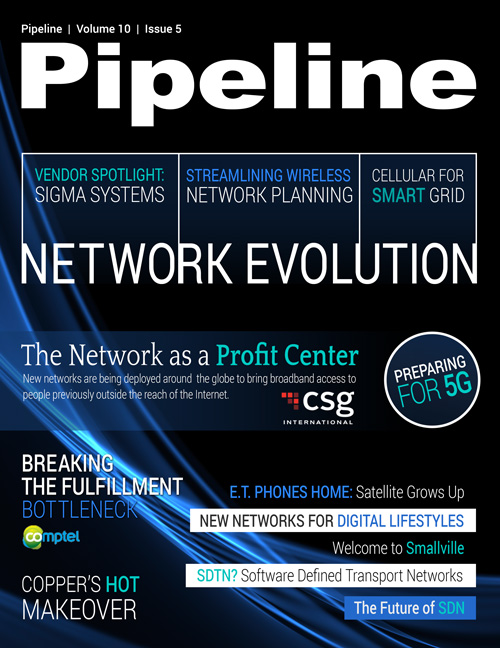Taking a Lifestyle Approach to Connected Services
By: Douglas Suriano

In creating an enriching and productive digital-lifestyle experience, numerous interrelated layers of a service provider’s network, business and operational support systems (BSS/OSS) and service-delivery platforms must communicate to derive more intelligence and drive personalization.
While much is written about mobility and connectivity, few details are actually provided on how to move toward monetizing usage and, ultimately, digital-lifestyle services. In order to intelligently orchestrate the subscriber experience, all digital-lifestyle service providers and their partners will have to manage many layers of an ever-broadening ecosystem.
For example, a great deal of coordination will be necessary among internet protocol (IP) network elements such as policy servers, online charging systems and mobility gateways. Since LTE Diameter signaling coordinates communication among those elements, the traffic it generates is expected to grow twice as fast as that of mobile data over the next four years according to the recent Oracle Communications LTE Diameter Signaling Index.
A large part of that increase will be driven by the number and complexity of digital-lifestyle use cases, which inevitably will invite more activity centered around online charging and policy, which are crucial to sophisticated services and pricing plans that require more subscriber and service intelligence.
As such, LTE Diameter signaling for online charging is expected to increase worldwide at a compound annual growth rate (CAGR) of 140 percent through 2017, as indicated by data from Oracle’s Signaling Index, with policy predicted to make up 62 percent of signaling volume by that time.
Policy and charging are just two components of numerous interrelated layers that will have to communicate bidirectionally with the network to derive more intelligence. Those layers include:- BSS/OSS elements like offer design and order fulfillment, network resource management, pricing, charging and policy, billing and settlements, and subscriber preferences;
- service delivery and unified communications and collaboration (UC&C) platforms;
- and other network-session delivery and control elements for routing, signaling, border control, and load balancing.
As these layers are woven together, operators can continue to expand on what they do with tiered services, shared data plans and loyalty programs as well as set the stage for more sophisticated mobile advertising, sponsored data usage and enhancement of over-the-top (OTT) applications and content.
“Enabling” digital lifestyle services
Communications service providers (CSPs) are best positioned to fuel lifestyle approaches in many sectors, as they have the necessary depth with customer experience management (CEM), business operations, network control, and end-user applications. Their breadth of experience and systems can help not only communications, internet and OTT players but also enterprises in retail, healthcare, banking, the automotive industry, energy, and a variety of other sectors seeking more mobility and connectedness in “the Internet of Things.”
As companies of many types try to convert subscriber-profile and payment information into valuable knowledge for the further personalization of services, they will attempt to establish service and control environments of their own, or they may leverage those already established by CSPs. The latter will likely be the most tenable option, as building all necessary components from scratch would be cost prohibitive and arduous for most organizations.





















